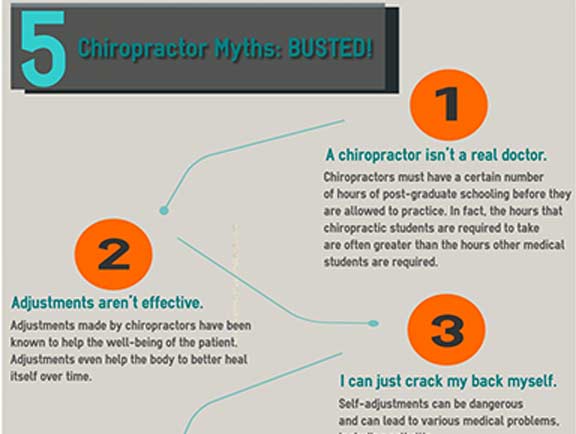Minimize Neck And Back Pain By Identifying The Day-To-Day Habits That Could Be Causing It; Easy Tweaks Might Change Your Lifestyle Into One That Is Pain-Free
Minimize Neck And Back Pain By Identifying The Day-To-Day Habits That Could Be Causing It; Easy Tweaks Might Change Your Lifestyle Into One That Is Pain-Free
Blog Article
chinatown cupping -Briggs Landry
Maintaining appropriate pose and staying clear of usual challenges in daily tasks can significantly affect your back health. From how you rest at your desk to just how you raise hefty items, tiny changes can make a large difference. Visualize one medical murray hill without the nagging back pain that hinders your every step; the remedy could be less complex than you assume. By making a couple of tweaks to your daily routines, you could be on your way to a pain-free presence.
Poor Pose and Sedentary Way Of Living
Poor posture and a sedentary way of living are 2 major contributors to pain in the back. When you slouch or suspicion over while resting or standing, you placed unneeded stress on your back muscles and spine. This can bring about muscular tissue imbalances, stress, and eventually, chronic neck and back pain. Furthermore, sitting for extended periods without breaks or exercise can damage your back muscle mass and result in rigidity and pain.
To battle poor pose, make a conscious initiative to rest and stand straight with your shoulders back and lined up with your ears. Keep in mind to keep your feet flat on the ground and stay clear of crossing your legs for prolonged durations.
Including regular stretching and strengthening workouts right into your everyday routine can likewise help improve your position and reduce back pain related to an inactive lifestyle.
Incorrect Lifting Techniques
Improper lifting methods can dramatically contribute to back pain and injuries. When you raise heavy objects, bear in mind to flex your knees and utilize your legs to lift, instead of relying upon your back muscular tissues. Avoid twisting your body while training and keep the object near your body to lower stress on your back. https://neckpainafterinjury06284.mybuzzblog.com/10812516/discover-the-science-behind-chiropractic-deciphering-the-spinal-modification-process to preserve a straight back and prevent rounding your shoulders while lifting to avoid unnecessary pressure on your back.
Constantly analyze the weight of the item before lifting it. If it's too hefty, ask for help or usage tools like a dolly or cart to carry it safely.
Remember to take breaks during raising tasks to offer your back muscle mass a possibility to relax and stop overexertion. By implementing proper training methods, you can prevent neck and back pain and minimize the threat of injuries, guaranteeing your back stays healthy and balanced and strong for the long-term.
Absence of Regular Workout and Stretching
A less active way of life devoid of normal workout and extending can considerably add to pain in the back and pain. When you don't take part in physical activity, your muscular tissues end up being weak and stringent, causing inadequate position and increased strain on your back. Routine exercise aids reinforce the muscular tissues that sustain your spinal column, boosting stability and decreasing the risk of neck and back pain. Including stretching into your regimen can likewise improve flexibility, protecting against tightness and discomfort in your back muscular tissues.
To stay clear of pain in the back triggered by a lack of exercise and stretching, aim for at least thirty minutes of modest physical activity most days of the week. Consist of workouts that target your core muscles, as a solid core can aid alleviate stress on your back.
Furthermore, take breaks to extend and move throughout the day, specifically if you have a desk job. Basic stretches like touching your toes or doing shoulder rolls can help ease tension and stop back pain. Prioritizing routine workout and stretching can go a long way in preserving a healthy and balanced back and reducing pain.
Conclusion
So, remember to stay up directly, lift with your legs, and stay active to stop pain in the back. By making basic adjustments to your everyday practices, you can avoid the discomfort and limitations that include neck and back pain. Look after your spine and muscular tissues by exercising good pose, appropriate training techniques, and routine exercise. Your back will thanks for it!
